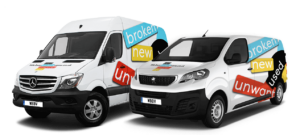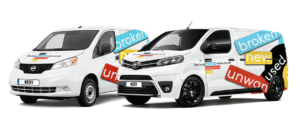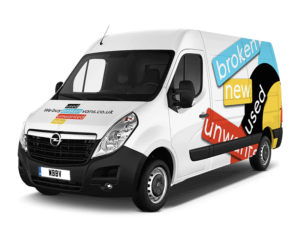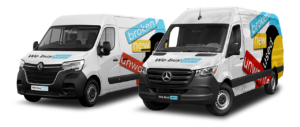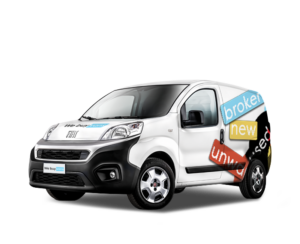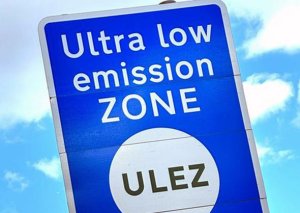 Introduction
Introduction
Implementing the Ultra Low Emission Zone (ULEZ) isn’t just about making the air cleaner; it’s also about money. ULEZ comes with a hefty price tag, but it also offers potential financial rewards. This article dives into the nitty-gritty of the economics behind ULEZ, exploring the costs and benefits for individuals, businesses, and the city as a whole. Is it a financial burden or a savvy investment in our future? Let’s find out.
Implementation Costs
Setting up ULEZ isn’t as simple as slapping a few signs around town. It requires serious cash to get off the ground. The infrastructure costs alone are eye-watering. We’re talking about installing cameras and monitoring systems across the city to enforce the zone. Then there’s the administration – creating a whole new department to manage the scheme, process payments, and issue fines. And let’s not forget enforcement, which involves hiring staff to ensure compliance and maintaining the technology to keep it all running smoothly. The initial outlay is massive, but the goal is to recoup these costs through the charges imposed on non-compliant vehicles.
Impact on Drivers
If you’re a driver, ULEZ can feel like a punch to the wallet. Non-compliant vehicles face daily charges of £12.50 for cars and motorcycles, and £100 for lorries and buses. Over time, this adds up, making it financially unfeasible for many to continue driving older, polluting vehicles. The alternative is to upgrade to a newer, cleaner model, which is no small expense. However, for those who do make the switch, there are long-term savings to be had in fuel efficiency and maintenance costs. Plus, there’s the added bonus of contributing to a cleaner environment.
Business Implications
Businesses, especially those in logistics and transportation, are feeling the pinch. Companies relying on fleets of vehicles are hit hard by the daily charges or the need to upgrade to compliant models. This can significantly increase operating costs, which are often passed on to consumers. On the flip side, businesses that adapt quickly can benefit from a greener image, attracting environmentally conscious customers. Some sectors, like electric vehicle manufacturers and clean tech companies, are even thriving thanks to the increased demand for compliant vehicles and technologies.
Revenue Generation
ULEZ isn’t just a money pit; it’s also a revenue generator. The charges collected from non-compliant vehicles bring in significant funds. This revenue is earmarked for various initiatives aimed at improving London’s transport infrastructure and air quality. From expanding the cycle network to enhancing public transportation, the money is reinvested to make the city more sustainable. It’s a classic case of robbing Peter to pay Paul, but with a green twist.
Cost-Benefit Analysis
When weighing the costs against the benefits, it’s clear that ULEZ is more than just a financial burden. The health benefits are substantial. Reduced air pollution means fewer respiratory and cardiovascular issues, translating to lower healthcare costs and a healthier, more productive workforce. Environmental benefits include cleaner air and less smog, making the city more attractive to residents and tourists alike. The long-term economic gains from improved public health and a more sustainable cityscape often outweigh the initial costs of implementation and compliance.
Economic Case Studies
Take, for example, a small delivery company. Initially, the owner balked at the cost of upgrading his fleet to meet ULEZ standards. However, once he made the switch, he noticed significant savings in fuel and maintenance. His new, cleaner vehicles also attracted eco-conscious clients, boosting his business. On the other hand, a local market trader reliant on an old van faced dwindling profits as he struggled to pay the daily charges. These stories highlight the varied impact ULEZ can have, depending on a business’s ability to adapt and invest in cleaner technology.
Long-term Economic Impact
Looking ahead, the long-term economic impact of ULEZ is promising. Healthier residents mean fewer sick days and higher productivity. Lower healthcare costs can free up public funds for other critical areas. Cleaner air and a greener city can attract more businesses and tourists, boosting the local economy. Over time, the initial financial pain is likely to be overshadowed by these broad economic gains. It’s a classic case of short-term sacrifice for long-term benefit.
Conclusion
In the grand scheme of things, ULEZ represents a significant economic shift. While the upfront costs for implementation and compliance are high, the long-term benefits make a compelling case. Cleaner air leads to healthier people and a more attractive city, which in turn drives economic growth. Despite the initial financial strain, ULEZ appears to be a smart investment for the future, setting a precedent for cities worldwide.
FAQs
1. What are the initial costs of implementing ULEZ? The initial costs include infrastructure setup, administration, and enforcement, totaling millions of pounds to get the scheme up and running.
2. How does ULEZ financially impact drivers? Drivers with non-compliant vehicles face daily charges of £12.50 for cars and motorcycles, and £100 for lorries and buses, encouraging them to upgrade to cleaner models.
3. How does ULEZ affect businesses? Businesses, especially those reliant on logistics, face increased operating costs due to charges or the need to upgrade fleets, though some benefit from a greener image and new market opportunities.
4. What happens to the revenue generated from ULEZ charges? The revenue is reinvested in improving London’s transport infrastructure and air quality initiatives, such as expanding the cycle network and enhancing public transportation.
5. What are the long-term economic benefits of ULEZ? Long-term benefits include reduced healthcare costs, a healthier workforce, increased productivity, and a more attractive city for businesses and tourists, outweighing the initial costs.


